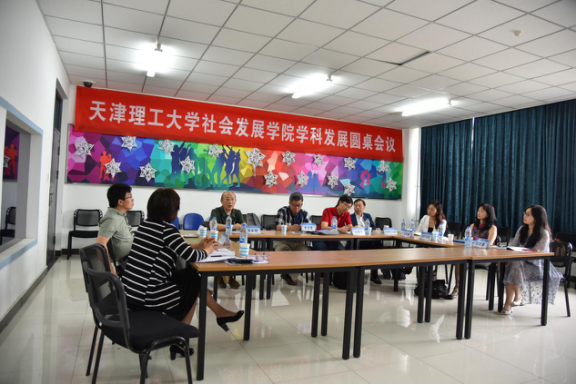


"It's our job": Qualitative study of family responses to ableism, Susan L. Latent class models in social work, Susan Neely-Barnes Carolyn GraffĮxamining the social, emotional and behavioral needs of youth involved in the child welfare and juvenile justice systems, Susan Neely-Barnes and Katheryn WhittedĮxploring parent-sibling communication in families of children with sickle cell disease, J. Parenting a child with an autism spectrum disorder: Public perceptions and parental conceptualizations, Susan L. The contribution of culture to Korean American women's cervical cancer screening behavior: The critical role of prevention orientation, Hee Yun Lee, Soonhee Roh, Suzanne Vang, and Seok Won JinĪre There Adverse Consequences to Being a Sibling of a Person With a Disability? A Propensity Score Analysis, Susan L.

Integrating neuroscience knowledge into social work education: A case-based approach, Mareia Egan, Susan L. Practical insights from interviews with day laborers, Monit Cheung, Elena Delavega, Irma Castillo, and Corrine Walijarvi Williamson, Constance Serio, and Susan Elswick Spending instructional time wisely: A case study using brief intervention probes to determine the most effective strategy, Laura Baylot Casey, Janna Siegel Robertson, Robert L. The social worker's role in the assessment of autism spectrum disorder, Laura Baylot Casey and Susan E. Rules on the hague and the intercountry adoption act: Public comments and the state's responsiveness, Jo Daugherty Bailey and M. Positive Manhood Development: A Look at Approaches and Concerns from the Frontline, Gregory Washington and Toni Johnson HankinsĪn Interprofessional Educational Approach to Teaching Spiritual Assessment, Robin Lennon-Dearing, Joseph A. Parental stress in families of children with a genetic disorder/disability and the resiliency model of family stress, adjustment, and adaptation, Heather R. Whitted, Elena Delavega, and Robin Lennon-DearingĬhild savings accounts: Learning from poverty reduction policies in the world, Monit Cheung and Elena Delavega The Youngest Victims of Violence: Examining the Mental Health Needs of Young Children Who Are Involved in the Child Welfare and Juvenile Justice Systems, Kathryn S. Older Korean cancer survivors' depression and coping: Directions toward culturally competent interventions, Hee Yun Lee and Seok Won JinĬhild Welfare and Juvenile Justice: Examining the Unique Mental Health Needs of Girls, Robin Lennon-Dearing, Kathryn S. Berge, Seok Won Jin, Peter Hannan, and Dianne Neumark-Sztainer Structural and interpersonal characteristics of family meals: Associations with adolescent body mass index and dietary patterns, Jerica M. © 2022 National Association of Social Workers.Young African American Males: Barriers to Access to Health Care, Jerry Watsonĭisparities in insurance coverage among children with special health care needs: How social workers can promote social and economic justice, Kasey Wilson, Melissa Hirschi, Margaret Comeau, Suzanne Bronheim, and Sara S.
#MONIT CHEUNG PROFESSIONAL#
The article ends with recommendations to encourage social workers to apply the strengths-based approach to exemplify their professional values in times of pandemic distress.ĬOVID-19 impact caution fatigue pandemic stress symbolic care unknown and hidden fear. As COVID-19 cases continue to rise, social workers who provide essential care in the field need self-assessment to better understand the impacts these challenges have on them as helpers. The article offers recommendations to ameliorate distress and promote advocacy efforts for readjustment. It summarizes five challenges for first responder social workers: (1) COVID-19 impacts on resource constraints, (2) employment insecurity, (3) disenfranchised guilt, (4) physical distancing and caution fatigue, and (5) managing self-care. This article aims to provide information for social workers to protect their own mental health while caring for their clients and raise awareness about social workers' needs in frontline duties. The resultant feelings and behaviors are similar to disaster-induced trauma, including excessive rumination, hypervigilance, exhaustion, and excessive crying as a result of the adrenaline-driven fight-or-flight response. The pandemic has also significantly impacted social workers who face hidden mental health consequences. COVID-19 has disproportionally affected people living in poverty new immigrants and those living in healthcare settings (hospitals, clinics, and nursing homes), shelters, detention centers, and prisons.


 0 kommentar(er)
0 kommentar(er)
